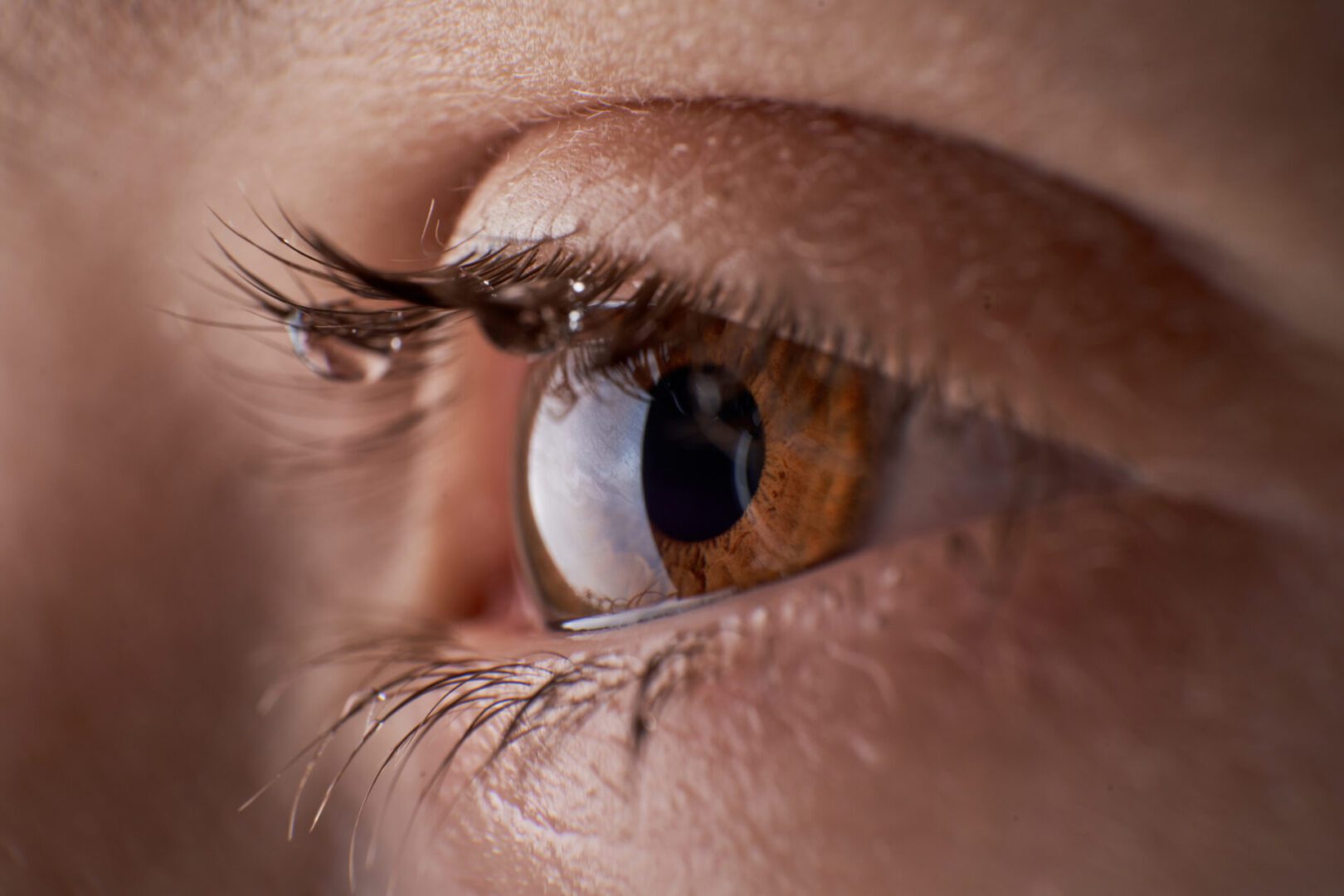Dry Eye Awareness Month
July is National Dry Eye Awareness Month, and during the month, we recognize eye health’s essential role in overall health. According to the National Eye Institute, dry eye is more common in people 50 and older. Nearly 5 million Americans who are 50 or older experience severe symptoms of dry eye, and about 20 million have less severe symptoms. In addition, the condition is twice as prevalent among women as it is among men.
With proper care, dry eye can be managed and treated. However, people who experience symptoms should see an eye doctor to rule out an underlying medical condition. In rare cases, dry eye can lead to permanent visual impairment or even blindness. The awareness color that represents Dry Eye Awareness Month is blue. Further, Sjogren’s is also a condition that causes dry eyes. This is represented by the color purple. For this reason, wear either color. Both colors are available in enamel awareness pins, fabric ribbons, and silicone wristbands.
What is dry eye?
In a healthy eye, tears continuously bathe the surface of the eye (cornea). As a result, with every blink, tears flow across the cornea. This constant lubrication nourishes the cells of the outer surface and helps protect the eye from dust, smoke, and wind. Tears also improve vision by helping to focus light.
Dry eye disease is an umbrella term covering a host of symptoms and signs associated with compromised lubrication of the eye’s surface. This means reduced quality or quantity of tears.
What are the most common causes?
Dry eye has many causes, which often overlap and interact. It frequently occurs with other conditions, is a consequence of environmental triggers, or is caused by medications. Dry eye can be caused or exacerbated by eye surgery, computer use, contact lens use, or low humidity.
- Inflammation of the eye’s surface is a key component. Eye disease, infection, or autoimmune conditions can cause the inflammation, and environmental exposures (e.g., wind and dust) can exacerbate it. Inflammation of the eyelids, called blepharitis, can also result in dry eye.
- One of the most common causes are the hormonal changes associated with aging. Hormonal changes after menopause have been linked to dry eye.
- Autoimmune diseases, including rheumatoid arthritis and lupus, can also cause dry eye. Furthermore, treatments for these diseases, including methotrexate and cyclophosphamide, can cause or exacerbate dry eye.
- Sjögren’s syndrome, an autoimmune disease that’s more common in women, attacks the glands that make tears (lacrimal glands). Other autoimmune diseases associated with dry eye include scleroderma and thyroid disorders.
- Environmental factors such as wind, smoke, and dust can exacerbate the symptoms or signs of dry eye. Seasonal allergies also can contribute. Certain medications can contribute, including antihistamines, decongestants, and medications for depression, anxiety, Parkinson’s disease, and high blood pressure.
- Laser eye surgery may cause temporary dry eye symptoms.
- Another contributing factor? Not blinking enough, which can happen if you work on a computer for long stretches.
What can be done to prevent this condition?
There are several ways to manage its symptoms.
- Hydration is key. Drink plenty of fluids and less alcohol. Run a humidifier during the winter. When traveling on an airplane, use artificial tears.
- Protecting your eyes from wind, dust and smoke, is also key. If you ski, ride a bicycle, or golf, cover your eyes with goggles or wraparound sunglasses. Protect your eyes from wind and blowing air from fans or heaters.
- Remember, blink! It’s especially important while watching TV or using a computer. Take regular breaks, too.
- Finally, get plenty of sleep.
How is dry eye treated?
- An over-the-counter remedy to relieve dry eye discomfort is artificial tears, which come in the form of drops, gel, and ointment.
- A mainstay of dry eye treatment is the anti-inflammatory 0.05% cyclosporine. In 2016, 0.05% lifitegrast became just the second FDA-approved topical medication.
- Recent advances show promise in reversing inflammation. Blood products are increasingly being used to treat severe cases. Studies show that autologous and/or allogenic serum eye drops may improve symptoms and signs of dry eye. (Autologous drops are made from the patient’s own blood serum and plasma; allogenic, from the blood serum and plasma of healthy volunteers.)
- New in-office procedures are being developed to improve the functioning of the eyelid glands that produce oil for tears. In another in-office procedure, a doctor places plugs into the tear ducts to help block the ducts. This slows drainage of tears from the surface of the eye.
- In 2017, the FDA approved the first device to increase tear production, the intranasal tear neurostimulator.







